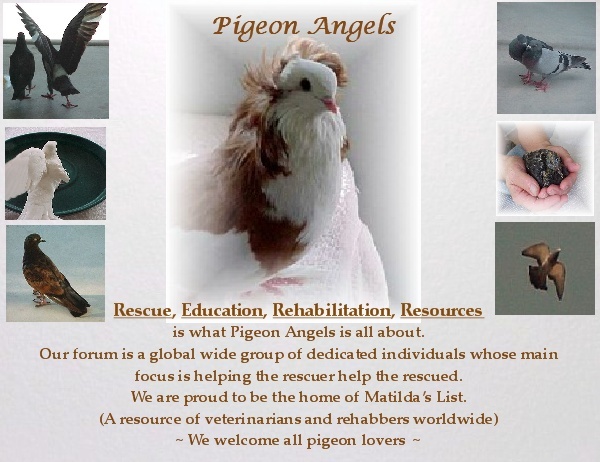Candidiasis in Birds: Signs, Treatment, and Prevention of Yeast Infections
in Birds
Drs. Foster & Smith Educational Staff
Candidiasis is an infection with the yeast Candida albicans. This is a yeast that is normally present in low numbers in the
digestive system of birds. If the numbers of the yeast increase or there is some damage to the digestive tract, Candida can
cause problems in the digestive tract and other organs including the beak and respiratory system. Candida can also infect the
skin, feathers, eyes, and reproductive tract, but this is more common in nonpsittacine birds (birds not in the parrot family).
Which birds are at risk for candidiasis?
Candidiasis is most common in young birds, especially cockatiels. It is also more common in birds with
suppressed immune systems. Factors that may increase the risk of a bird having candidiasis include:
Delayed crop emptying
Prolonged antibiotic use
Poor sanitation
Vitamin A deficiency
Malnutrition (seed only diets)
Presence of other infections such as poxvirus or Trichomonas
Presence of other health problems such as trauma or smoke inhalation
Stress, brought on by the shipping process or by being moved
What are the signs of candidiasis?
The signs will vary depending upon the organs involved. There may be only one area involved such as the mouth, or the
entire digestive tract or other organs can be affected at the same time.
Infections of the mouth and beak can cause bad breath, and white, raised areas (called plaques) with thick clear or white
material in the mouth. Some suggest the inside of the mouth has the appearance of terry cloth. Infections of the beak often
occur at the commissures (where the upper and lower beaks meet).
Infections of the crop may cause regurgitation, depression, loss of appetite, a thickening of the crop, delayed crop emptying,
and possible crop impaction.
If the infection occurs lower in the digestive tract, there may be depression, loss of appetite, weight loss, vomiting, and
diarrhea. Because the absorption of nutrients by the intestines is decreased, malnutrition can often result if the infection
becomes chronic.
In the respiratory tract, Candida may cause nasal discharge, a change in the voice, difficulty breathing, rapid breathing, and
inability to exercise.
How is candidiasis diagnosed?
Since Candida is normally present in the digestive tract, simply finding the yeast there does not make the diagnosis of
candidiasis. Along with a culture of the affected area and the finding of a large number of the organisms, your veterinarian
will also take into account the signs, results of a physical examination, history and husbandry of the bird, and presence of
other diseases.
To obtain samples for culture and microscopic examination, the mouth or other accessible area may be swabbed, or, an
endoscope may be used to obtain samples from further down in the digestive tract.
How is candidiasis treated?
Treatment will include the administration of antifungal medications as well as eliminating any risk factors, such as poor diet,
poor sanitation, or the presence of other diseases. Antifungal medications commonly include nystatin, flucytosine,
ketoconazole, fluconazole, and itraconazole. For treatment of oral or skin infections, ointment containing amphotericin B may
be applied.
How is candidiasis prevented?
Candidiasis occurs when some other factor negatively influences the health of the bird. By providing a clean environment and
proper nutrition, reducing or eliminating any causes of stress, and preventing contact with any potentially sick bird, the risk of
candidiasis can be greatly decreased.
For birds on prolonged antibiotics, your veterinarian may advise an antifungal medication. If candidiasis occurs in a bird
nursery, nystatin may be added to the hand-rearing formulas. Any nursery items should be cleaned and disinfected after use
on each bird (do not use any utensil on two birds without disinfecting in-between). Any left-over formula that could have
been contaminated with secretions from baby birds should be discarded.


